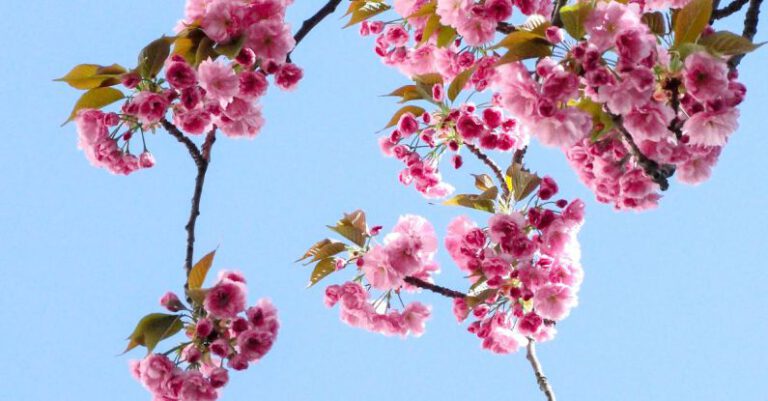What Are the Benefits of Using Native Plants in Garden Design?
When it comes to designing a garden, choosing the right plants is essential to create a thriving and visually appealing outdoor space. While there are countless plant options available, incorporating native plants into your garden design can offer a range of benefits that go beyond just aesthetics. Native plants are those that naturally occur in a specific region and have adapted to the local climate, soil, and wildlife over time. By incorporating these plants into your garden, you can create a sustainable and low-maintenance landscape that supports local ecosystems and enhances the overall health of your outdoor space.
Enhancing Biodiversity
One of the key benefits of using native plants in garden design is their ability to enhance biodiversity. Native plants provide food and shelter for local wildlife, including birds, insects, and other beneficial organisms. By creating a habitat that supports a diverse range of species, you can help promote a healthy ecosystem in your own backyard. Native plants attract pollinators such as bees and butterflies, which play a crucial role in the reproduction of many plant species. This not only benefits the plants themselves but also contributes to the overall health of the environment.
Low Maintenance and Water Efficiency
Native plants are well adapted to the local climate and soil conditions, making them naturally more resilient and low maintenance compared to non-native species. Because they have evolved to thrive in their specific environment, native plants require less water, fertilizer, and pesticides to maintain. This not only saves time and effort for gardeners but also reduces the need for harmful chemicals that can impact the environment. In regions where water conservation is a concern, using native plants in garden design can help reduce water usage and create a more sustainable landscape.
Resilience to Climate Change
As climate change continues to impact ecosystems around the world, using native plants in garden design can help create more resilient landscapes that are better able to adapt to changing conditions. Native plants have evolved to withstand local climate fluctuations, making them more likely to survive extreme weather events such as droughts or heatwaves. By incorporating native species into your garden, you can help mitigate the effects of climate change and create a more sustainable outdoor space that can thrive in the face of environmental challenges.
Supporting Soil Health
Native plants play a crucial role in supporting soil health and promoting nutrient cycling in the ecosystem. Many native plant species have deep root systems that help prevent soil erosion, improve soil structure, and increase water infiltration. These plants also support a diverse community of beneficial microorganisms in the soil, which contribute to nutrient cycling and overall soil fertility. By using native plants in garden design, you can help create a healthy soil ecosystem that supports plant growth and enhances the long-term sustainability of your garden.
Creating a Sense of Place
Incorporating native plants into your garden design can help create a sense of place and connect you to the natural environment around you. Native plants are an integral part of the local landscape, reflecting the unique character and biodiversity of a region. By using native species in your garden, you can create a space that feels harmonious with the surrounding environment and provides a sense of continuity with the natural world. This can enhance your enjoyment of the outdoor space and foster a deeper connection to the land where you live.
In conclusion, using native plants in garden design offers a range of benefits that extend beyond just aesthetics. From enhancing biodiversity and supporting local ecosystems to promoting water efficiency and resilience to climate change, native plants play a crucial role in creating sustainable and healthy outdoor spaces. By incorporating native species into your garden, you can create a landscape that not only looks beautiful but also supports the overall health of the environment and provides a sense of place that connects you to the natural world.






